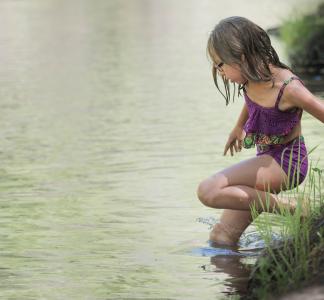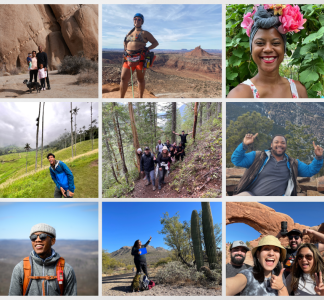8 must-see fishing destinations on public lands and waters

Fishing at Molalla Wild and Scenic River, Oregon.
Bob Wick, BLM
Enjoy the beauty of the outdoors while casting your line
For those new to the sport of angling, it’s sometimes hard to know where to go. From the serene lakes of the Midwest to the stormy coastal waters of the Pacific Northwest and the expansive rivers of the South, there are so many places to enjoy one of the most popular activities in the country: fishing.
Fishing plays a crucial role in conservation efforts across the country.
When anglers buy fishing licenses , it directly contributes to funding conservation initiatives. In 2020 alone, fishing license sales generated more than $752 million, supporting vital efforts such as habitat restoration and protection, public access improvements and scientific research.
Anglers play a large role in ensuring that fish populations and ecosystems remain healthy. Adhering to seasonal fishing restrictions, minimizing bycatch, being aware of protected species, harvesting selectively and practicing “catch and release” are some responsible fishing practices that aid conservation efforts.
Here are some great fishing destinations on public lands and waters that you should check out (whether you want to reveal the spots you find afterward, well, that’s up to you). Remember that all anglers on public lands must have the required state license and adhere to local regulations.
1. Katmai National Park & Preserve, Alaska
Set against the breathtaking backdrop of Alaska's wild landscapes, Katmai National Park and Preserve boasts abundant fishing opportunities. Anglers can pursue five species of Pacific salmon, along with a diverse array of other fish, including rainbow trout, Arctic char, Arctic grayling, lake trout and pike. The Brooks River is one of Katmai's most popular fishing destinations. But because of its run of sockeye salmon, the river attracts one of the greatest gatherings of brown bears on earth—so make sure you stay alert while casting your line.
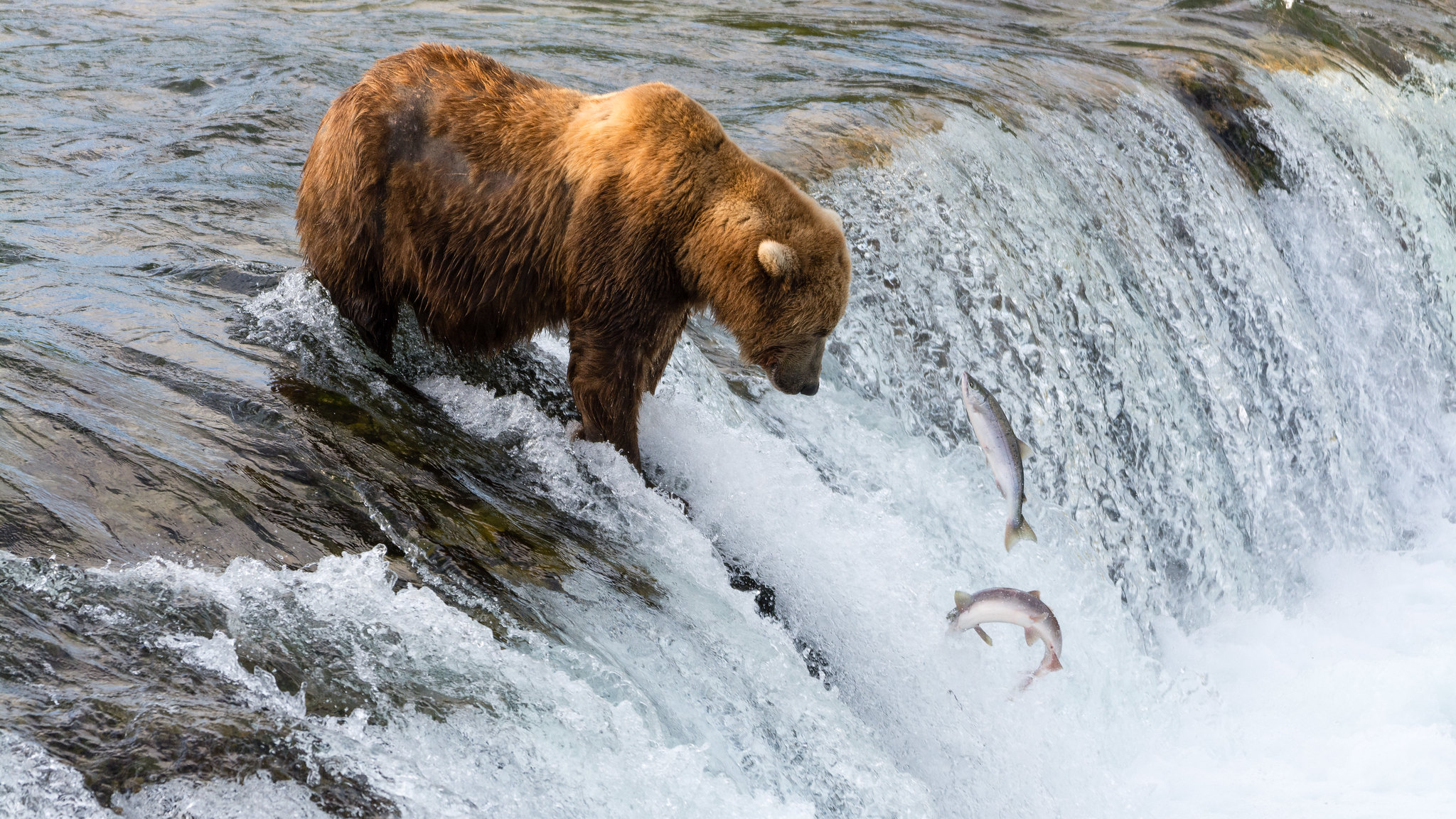
Fishing brown bear at Brooks Falls, Katmai National Park and Preserve, Alaska. Credit: Christoph Strässler
2. Dale Bumpers White River National Wildlife Refuge, Arkansas
Fishing at Dale Bumpers White River National Wildlife Refuge offers a peaceful retreat within the floodplain of the White River, near where it meets the mighty Mississippi River. The refuge encompasses about 300 bodies of water, spanning over 10,000 acres, including over 200 oxbow lakes and permanent beaver ponds. Anglers can fish for a variety of species, such as crappie, bluegill, largemouth bass and catfish. Visitors can fish from boats or the shore along the several bayous, creeks, intermittent streams and the White River.
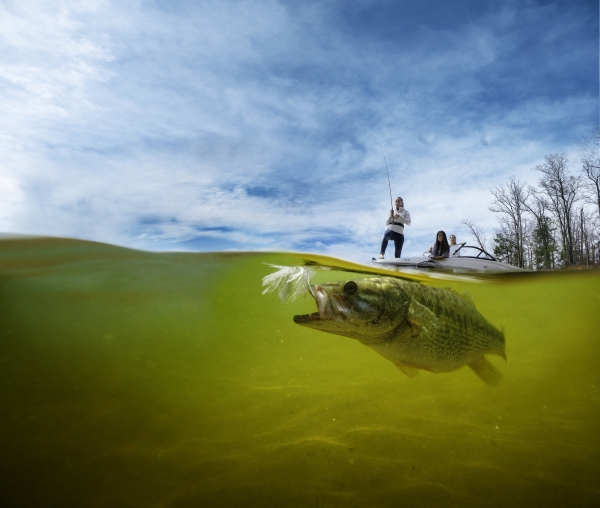
Fishing at Dale Bumpers White River NWR in Arkansas. Credit: USFWS
3. Olympic National Park, Washington
With more than 75 miles of Pacific coastline, 800 lakes and 4,000 miles of rivers and streams, the park has an abundance of fishing options. Here you can find some of the largest remaining populations of wild salmon, trout and char in the Pacific Northwest. The park focuses on managing aquatic habitats to conserve and restore native fish species and their environments, while also offering recreational fishing opportunities for visitors. Each year, fisheries biologists collaborate with the State of Washington and eight treaty tribes to set regulations on fishing harvests and gear usage.
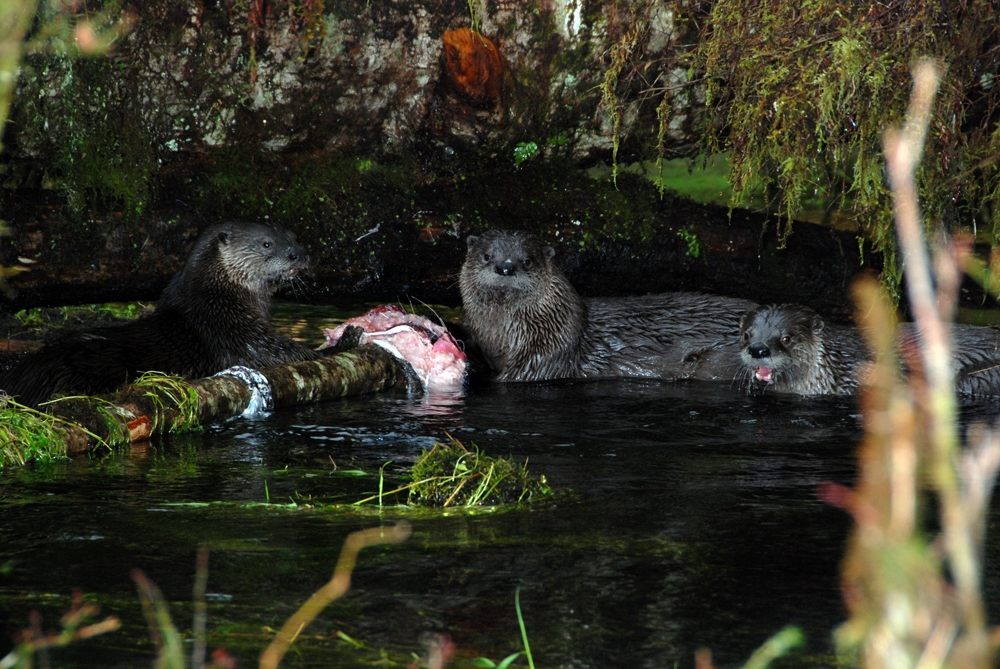
Otters are eating salmon at Olympic National Park, Washington. Credit: Jon Preston, NPS
4. Mandalay National Wildlife Refuge, Louisiana
Fishing at Mandalay National Wildlife Refuge offers a serene experience amidst its lush marshes, which serve as vital spawning and nursing grounds for various freshwater fish. At Lake Hatch’s calm waters, you can find bass, crappie, bream and catfish. Recreational crabbing is also permitted during daylight hours. Commercial fishing and the use of nets or unattended lines are prohibited to ensure the preservation of this natural habitat.
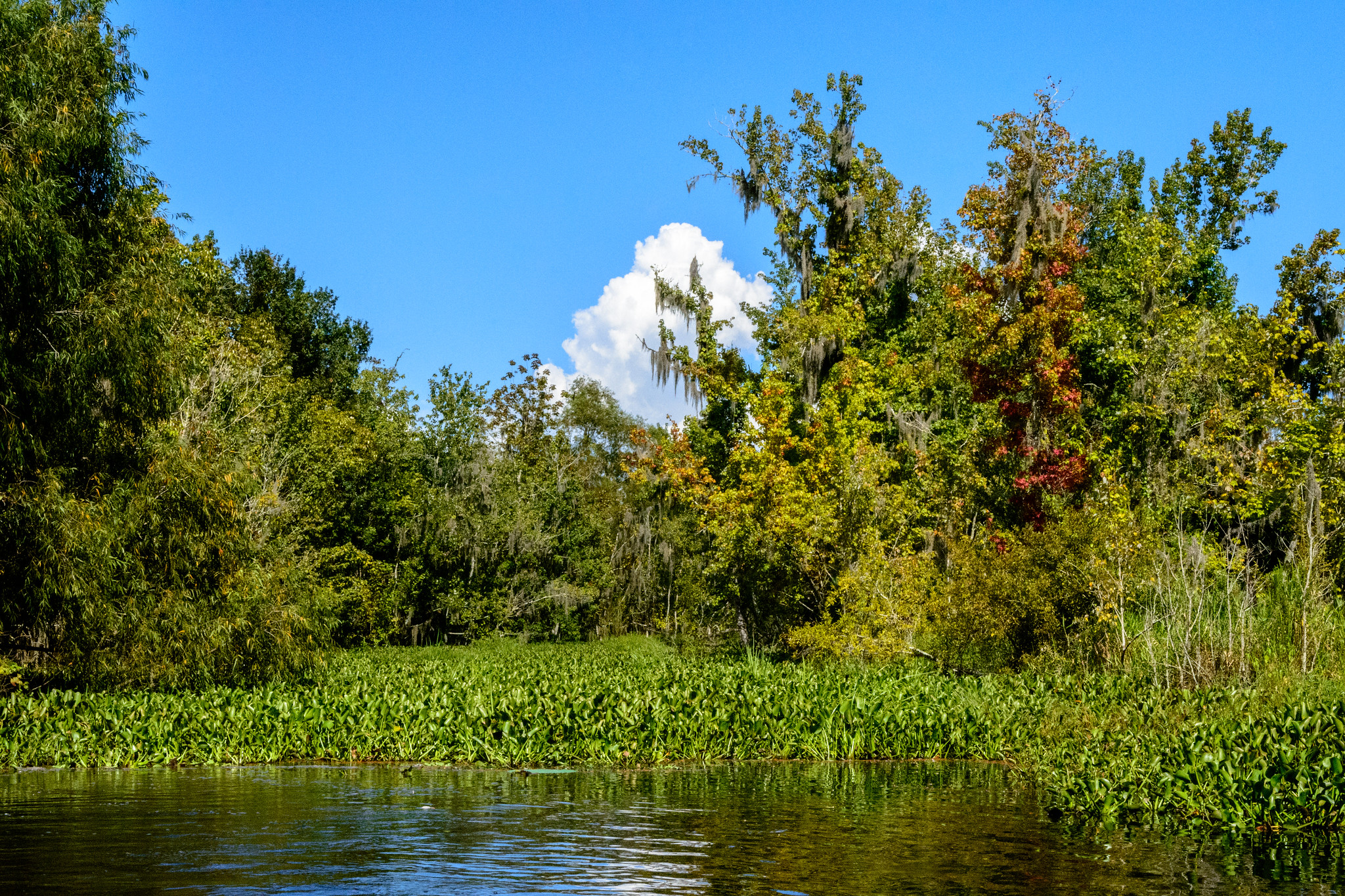
Mandalay National Wildlife Refuge, Houma, Louisiana, USA. Credit: Domenico Convertini
5. Biscayne National Park, Florida
The park is known for its diverse marine life, including snapper, grouper and tarpon. People have fished in the waters of Biscayne Bay for thousands of years. Fishing is allowed in designated areas, and both saltwater fly fishing and traditional fishing methods are popular. While there is much marine life, many aquatic species are not permissible to catch. Those include sawfish, sea turtles, stony and fire corals, longspine urchin, bahama starfish and several species of sharks (see the full list).
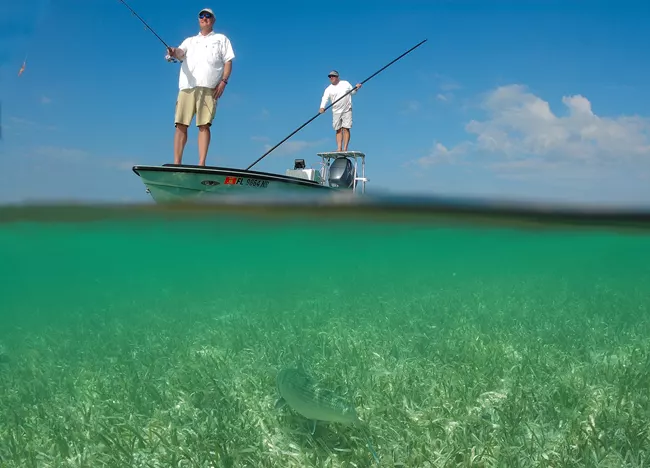
Fishing in a fantastic bonefish habitat at Biscayne National Park, Florida. Credit: Jiangang Luo
6. San Juan National Forest, Colorado
Fishing in this forest, with secluded mountain lakes and streams, offers a serene escape for anglers. The forest is dotted with high-altitude lakes and ponds, as well as clear streams and rivers. Several hikes can offer a more secluded fishing experience as well. You can find several species of trout: brook, rainbow and brown trout. Some beautiful fishing spots include Columbine Lake and the Animas River. And if you are into fly fishing or are trying to learn, there are outfitter guides that offer flyfishing tours.
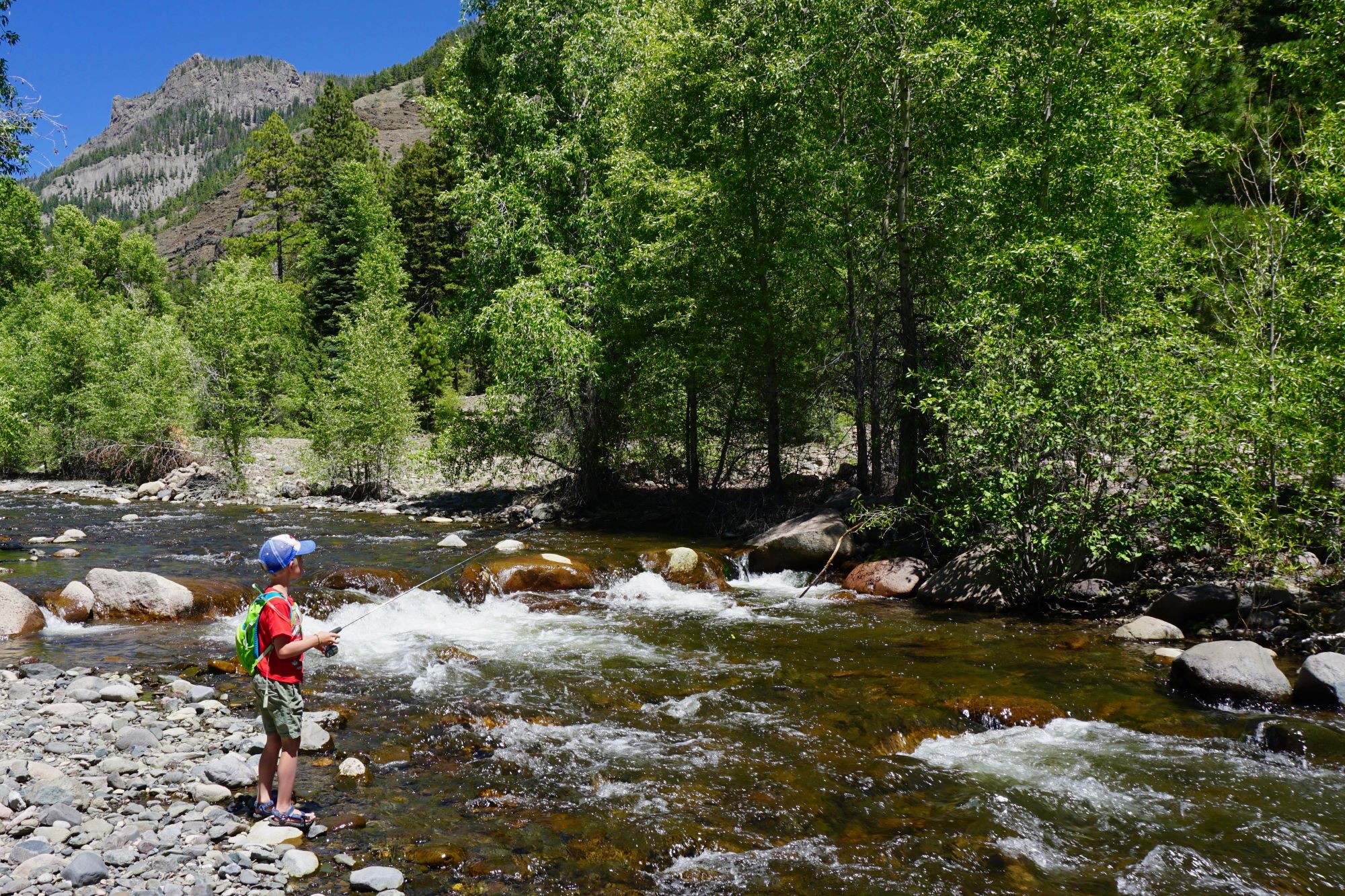
Child fishing at a river in San Juan National Forest, Colorado. Credit: US Forest Service
7. The Trinity Wild and Scenic River, California
Known for its clear, cold waters, the river is rich in salmon and steelhead trout, attracting both seasoned anglers and novices alike. The most coveted catch in the Trinity River system is the Chinook salmon, which starts arriving in May and offers prime fishing opportunities through November. While brown trout are not native to the river, they were extensively stocked until the late 1970s, and now a self-sustaining population exists in the upper river, making it a great spot for both fly and bait fishing.
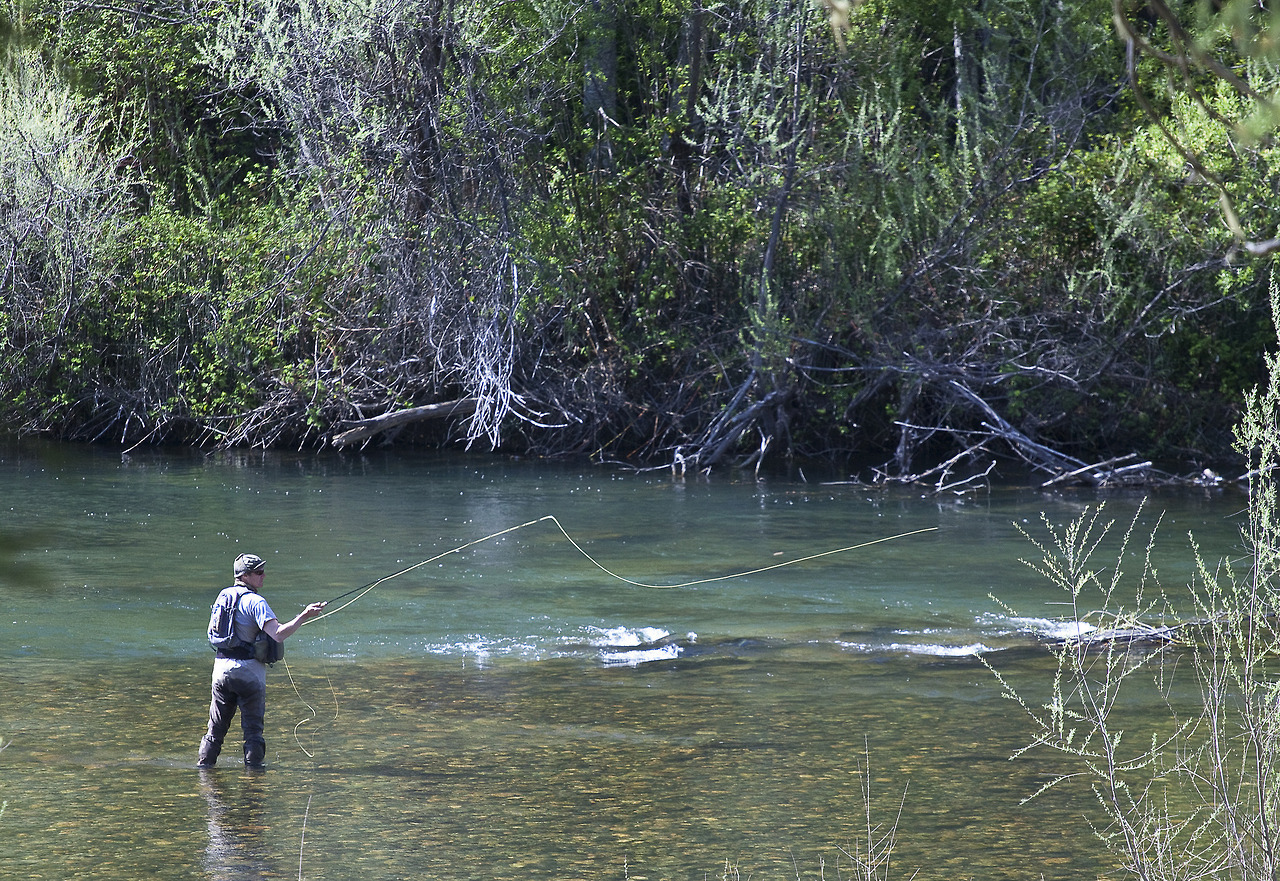
Casting a line at Trinity Wild and Scenic River, California. Credit: Bob Wick, BLM
8. Rio Grande del Norte National Monument, New Mexico
The two main rivers within the monument, the Rio Grande and the Red, were among the first rivers Congress designated as National Wild and Scenic Rivers. Anglers of every age and ability visit the area to find a range of fish species, including rainbow and brown trout, and the native Rio Grande Cutthroat. The area’s high-altitude rivers and diverse habitats provide excellent fishing opportunities and beautiful views of wide-open plains dotted by volcanic cones and cut by steep canyons.
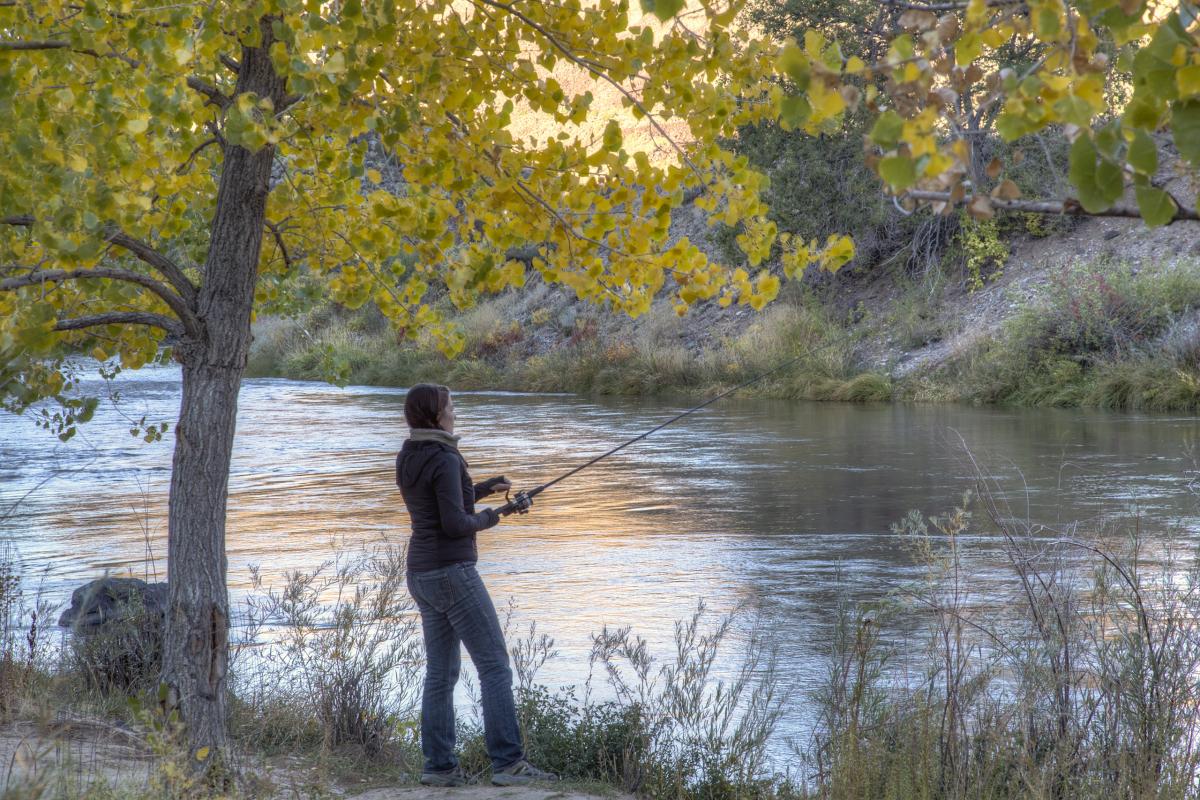
Fishing along the Río Grande Wild and Scenic River, New Mexico. Credit: Bob Wick, BLM
